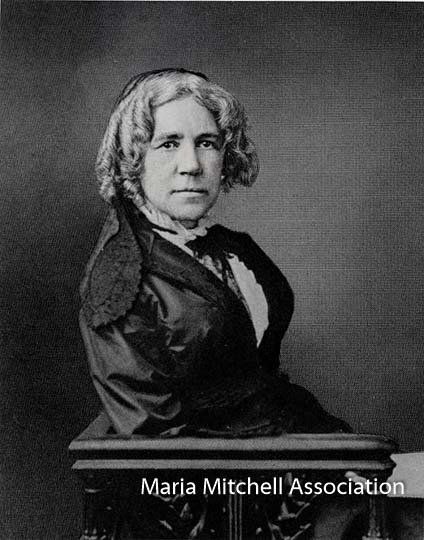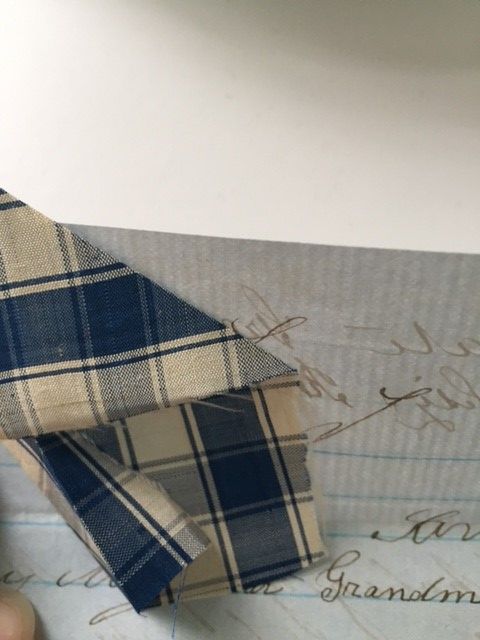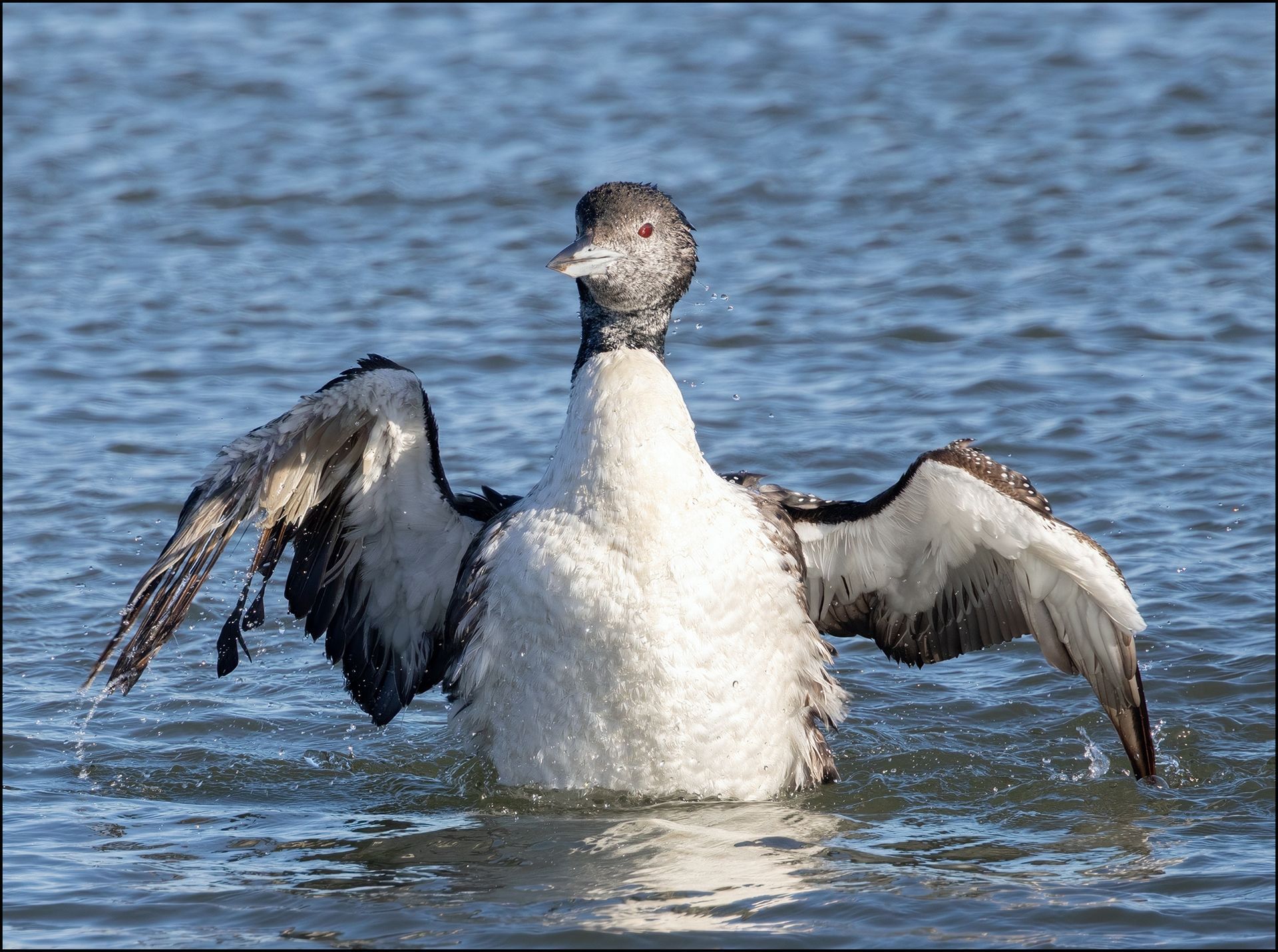From the Mitchell House’s 2012 Summer Intern
“I am no teacher, but I give them a lesson to learn and the next day the recitation is half a conversational lecture and half questions and answers. I allow them great freedom of questions and they puzzle me daily.” – Maria Mitchell in a letter to Caroline H. Dall, December 1865
One of my responsibilities as Mitchell House Intern involves conducting history-craft “Junior Historian” classes for children. These invigorating morning sessions are with students aged 7-11 who brim with enthusiasm and curiosity. Since I cannot predict the background of information my students will bring with them or which aspects of the lesson will interest them most, I create a flexible lesson plan. I highlight what is most important while allowing them the freedom to explore.
There are six themes that the Intern masters for the classes, with one round in July and a repeat in August. The themes are Nantucket architecture, oral tradition, a Nantucket girl’s life in the 19th century, a child’s amusements in the 19th century that were colorful yet Quaker appropriate, the development of lighting, and how a whaler would enjoy his downtime by creating scrimshaw. It is difficult to decide on a favorite. My art history focused education is likely what compels me towards our “Mystery History” architecture walking tour. Too often do people rush to get from Point A to Point B or look down at the pavement instead of taking in their surroundings. Strolls are a perfect way to savor the visuals and absorb the general feel of a neighborhood. I start class with a timeline of major house styles on the Island and flashcards of features such as dentils, transoms, and roof walks. Ready with clipboards and pencils, my students and I set out onto Milk Street to stroll and observe the houses. They have a sheet of paper where they can sketch architectural details with appropriate terms and keep track of the decorative door knockers. We pause at the Civil War Monument to discuss obelisks and columns before continuing up Main Street until we reach the Medieval Cottage before looping back on to Vestal and sitting outside the Old Gaol to read stories of haunted houses on Nantucket. My students are sharp-eyed and willing to share their observations and questions.
Some of the programs emphasize the two essential parts of 19th century Nantucket, namely the Quaker community’s influence and the whaling industry. Prior to burning whale oil as their main source of light, Americans relied on sunlight, fireplaces, and candles made from beeswax or animal fat. Rodents chewed through the candles which also smelled bad, so whale oil, especially that of a sperm whale, was a welcome evolution in the history of light. The 19th century also saw the development of the incandescent light bulb, although, to this day, the Mitchell House remains as it did when Maria lived there with no electricity. For this program, I tour with the students in the 1825 Kitchen of the house. First, I ask them to tell me what they use for light at home. I then ask them to identify sources of light where we are standing, and they point to the windows, fireplace, whale oil lamps, and lanterns. We also look at the materials that make up the kitchen objects, namely wood and metal, such as tin, as another link to our activity which is making candles. We become tinsmiths, hammering designs into cans that we then fill with wax. As we wait for the wax to dry, we talk about a very important source of light outside of the home – the lighthouse – and I share stories of brave women lighthouse keepers.
Through observation, conversation, and crafts, the students have the valuable opportunity to engage meaningfully with American cultural history. I look forward to my classes in August!
VSS
Recent Posts




